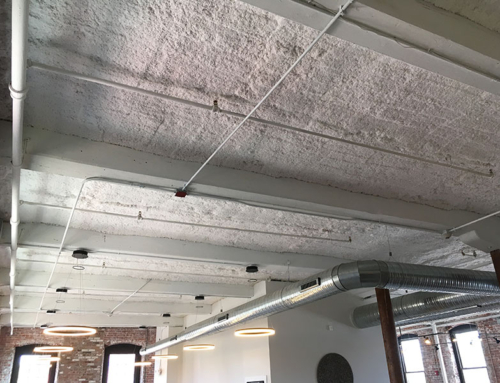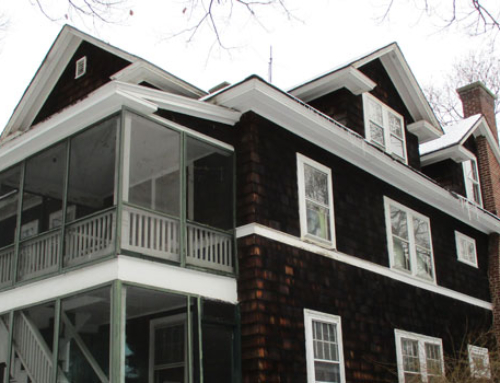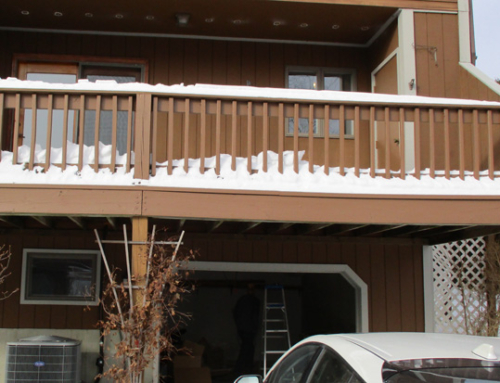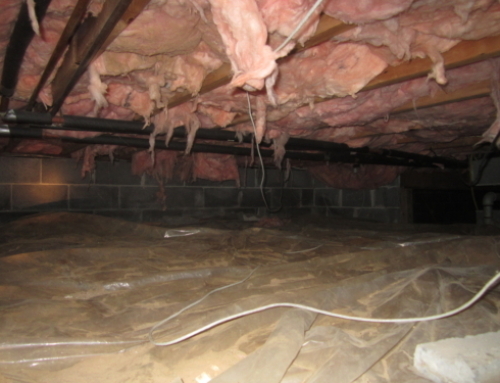Efficiency First converged on Capitol Hill at the same moment President Obama, in Savannah Georgia, reiterated his support for Home Star a federal incentive program to create jobs by driving the demand for home energy retrofits.
The Efficiency First delegation stormed the hill, meeting with House of Representative members and staffers to provide details about the Home Star program, answer questions, and provide first hand input as to how Home Star will incentive consumer demand for building retrofit services so that American companies can grow by training and hiring skilled tradespeople to be energy auditors, weatherization contractors, and other home performance professionals.
I had the pleasure of attending House of Representative meetings with Matt Golden, Efficiency First Chair, and creative mind behind many aspects of Home Star. Both Democrat and Republican offices our group visited welcomed the message we brought; there was acknowledgment on both sides of the isle that energy efficiency and home retrofitting is a practical approach to benefit energy security, boost local economies, and ultimately transition our country to a green economy. Job creation was a key focus of our message as the rebate structure of Home Star is designed to catalyze consumer demand for home improvements based on a vetted building science, house-as-a-system approaches.
Home Star is structured to quickly mobilize a construction industry with a national unemployment rate currently hovering around 25%. The $6 billion Home Star program has a Silver Standard- a 12 month prescriptive rebate program that delivers 50%, up to $3,000 of rebate dollars for a list of highly effective energy efficiency improvement measures including air sealing, attic insulation, heating equipment, windows, etc. The Gold Star standard is a 24 month performance based incentive program, designed to mobilize qualified home performance contractors to deliver significant home energy savings, measured on specific metrics and ample quality assurance. The rebates are available, beginning at $3,000 if verified 20% energy savings are achieved in the home. For every additional 5% of energy savings, $1,000 is available up to $8,000 or not to go over 50% of project cost. It is anticipated that the median energy savings level will be 35%. Additionally, Home Star will provide $600 million to infuse state and regional financing programs including energy loans, property assessed financing (pace), energy efficiency mortgages, on bill financing and others. These creative financing tools in conjunction with an aggressive performance based rebate program will leverage homeowner investment in energy improvements that increase building durability, enhance health and comfort, and increase energy savings to benefit over 3 million American homes and families.
As we perused Capitol Hill, a consistent concern from Senate and House offices was the specific details of the funding mechanism for the Program. With amazing momentum behind it, Home Star needs to achieve bi-partisan support before the best appropriations source can be identified. As the valid concern for funding source surfaced, the point was reiterated that the building, and building manufacturing sector unemployment rates are increasing- affecting local economies in dramatic ways. Indeed the problem is drastic, calling for significant action from Congress to make a direct rebate program designed to support the construction sector, a significant component of a pending Jobs Bill.







